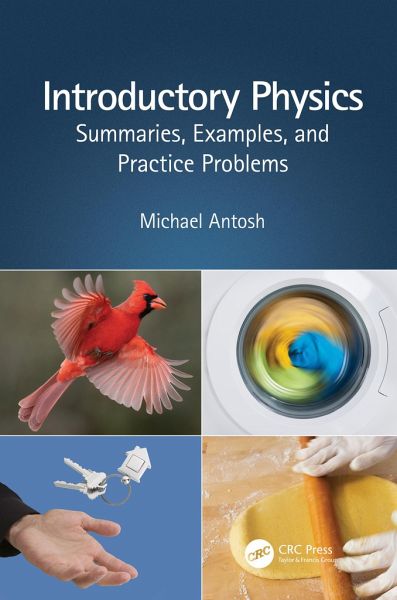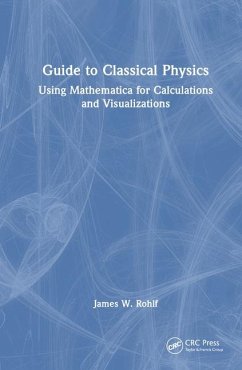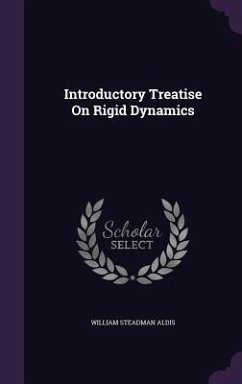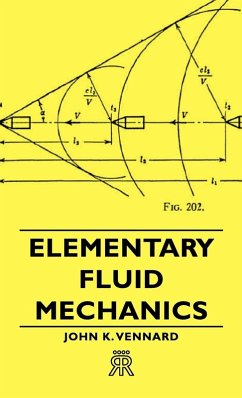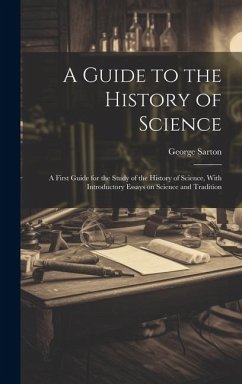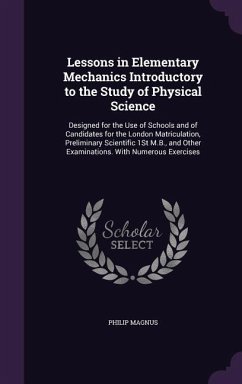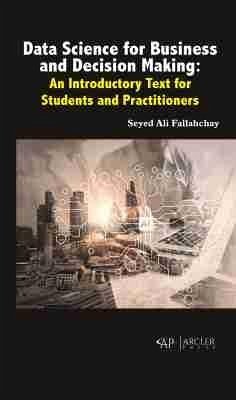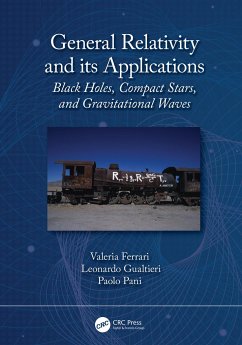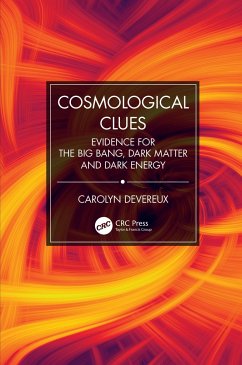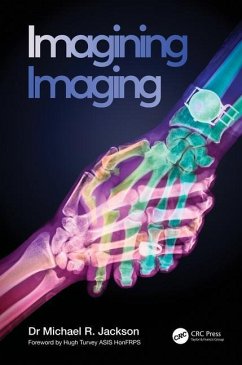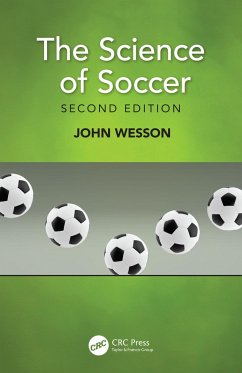"Most "introductory physics" texts-whether algebra- or calculus-based-for high school or college students will feature sections devoted to, e.g., Newtonian mechanics, electricity and magnetism, light, atomic and nuclear physics, and perhaps also quantum physics and relativity. This book, however, is exclusively an algebra-based workbook on Newtonian mechanics...It is conceptually divided into a number of sections (i.e., motion, forces, and energy) with relevant topics gradually increasing in complexity. Straight-line motion is the subject of chapter 2 and motion in two or three dimensions is explored in chapter 3; forces are introduced in chapter 4 and their specific types are explained in chapter 5. Energy and work appear in chapter 6,
with more complex interactions explained thereafter: "Linear Momentum and Collisions" (chapter 7); "Uniform Circular Motion" (chapter 8); "Rotation Motion and Forces" (chapter 9); "Energy, Momentum, and Rolling" (chapter 10). Newton's law of gravity is covered in chapter 11, harmonic motion in chapter 12, and the final chapter offers a "Math Review."
Each chapter has a careful introduction and a series of straightforward problems with carefully worked-through solutions. This book may be a helpful adjunct for students struggling through the beginning of a high-school or college algebra-based course, whether in class or through self-study."
-
A. M. Saperstein, emeritus, Wayne State University in CHOICE, November 2023.
